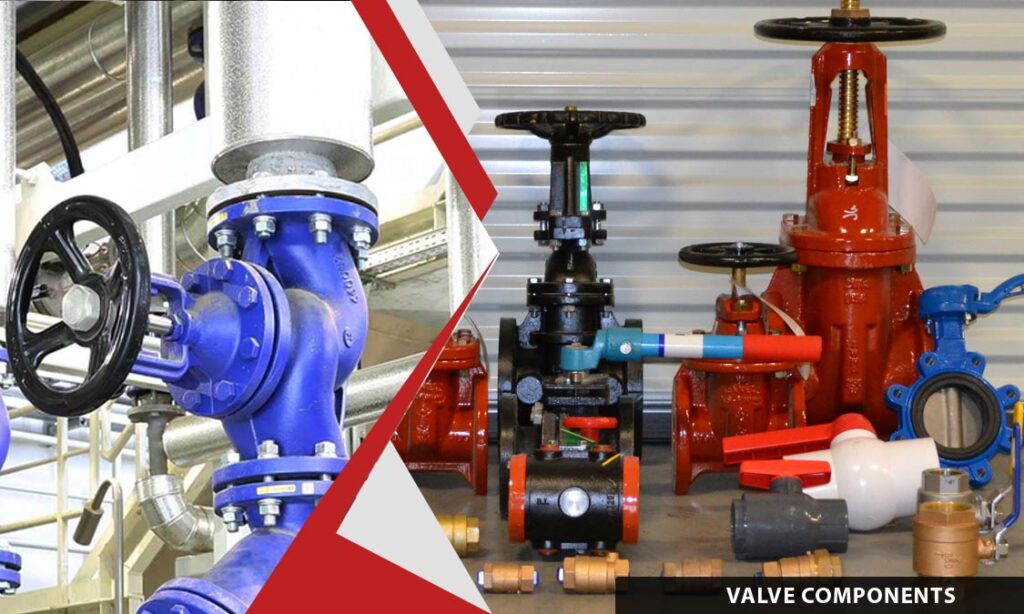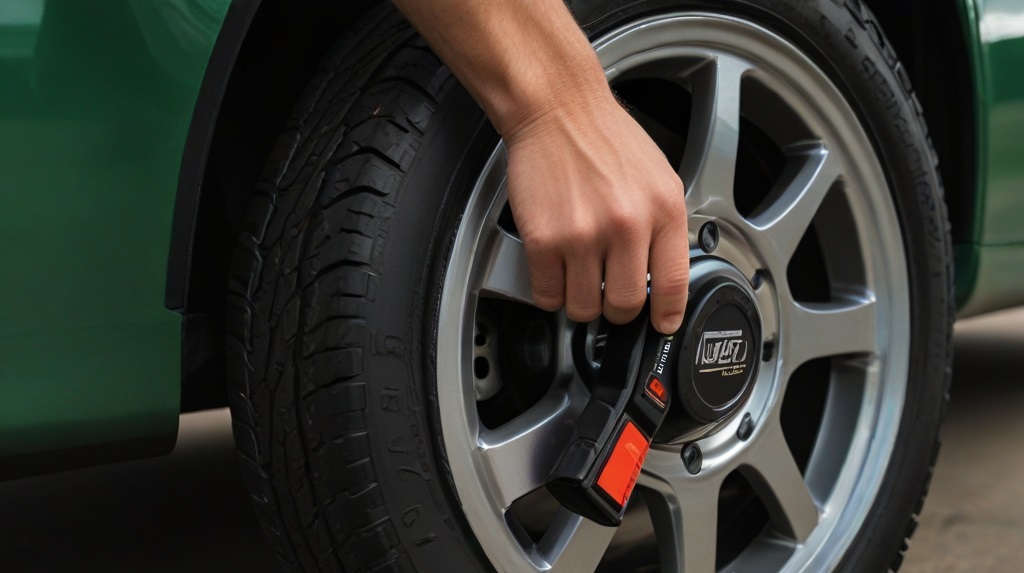When it comes to maintaining or upgrading industrial systems, machinery, or even household plumbing, the reliability and performance of valve parts are crucial. Whether you’re a plant manager, engineer, or DIY enthusiast, understanding how to source the right components can make the difference between seamless operation and costly downtime.
In this comprehensive guide, we’llprovide essential tips for finding high-quality valve parts and ensuring your maintenance and upgrades are built to last. From knowing your system’s needs to evaluating suppliers, this article will empower you with actionable insights for every step of the process.
Understanding the Importance of Quality Valve Parts
Valves control the flow of fluids—whether gases, liquids, or slurries—within a system. They regulate pressure, prevent backflow, and isolate critical components for maintenance. Consequently, the valve parts within these systems must be durable, reliable, and compatible with the operational environment.
Poor-quality valve parts can lead to leaks, pressure imbalances, and even catastrophic failures. That’s why sourcing components that meet industry standards and match your system’s specifications is non-negotiable.
Tip 1: Know Your System Requirements
Before you start shopping for valve parts, it’s essential to have a clear understanding of your system’s technical requirements. Here are some factors to consider:
- Pressure and Temperature Ratings: Ensure the parts can withstand your system’s operating pressures and temperatures without failure.
- Material Compatibility: Consider the type of fluid or gas being transported. For example, corrosive chemicals may require stainless steel or specialized alloys, while water systems may use brass or PVC.
- Valve Type: Different systems require different valves—ball, gate, globe, check, butterfly, etc. Each has its own parts and maintenance needs.
- Dimensions and Standards: Check the size (inlet/outlet diameter, face-to-face length) and whether the parts meet standards such as ANSI, API, ISO, or DIN.
Having detailed specifications on hand allows you to confidently evaluate parts and avoid costly mismatches.
Tip 2: Choose Reputable Suppliers
Your choice of supplier is just as important as the valve parts themselves. Here’s how to vet suppliers for reliability:
- Certifications and Standards Compliance: Look for suppliers who comply with international quality standards such as ISO 9001, API Q1, or ASME certifications.
- Product Range: A wide inventory indicates a supplier with extensive industry knowledge and the ability to source rare or specialized components.
- Customer Support:Reliable suppliers offer expert guidance, technical support, and clear communication throughout the buying process.
- Reputation and Reviews: Check testimonials, industry forums, and case studies to see how the supplier has performed for others.
Partnering with a trusted supplier ensures you receive authentic, high-quality parts that meet your performance expectations.
Tip 3: Prioritize OEM and Authentic Parts
Whenever possible, prioritize Original Equipment Manufacturer (OEM) parts for replacements and upgrades. OEM parts are designed and tested to meet the original specifications of the system, ensuring seamless compatibility and performance.
Using non-OEM or counterfeit valve parts can result in:
- Inconsistent performance
- Warranty voiding
- Shortened service life
- Safety hazards
If you must consider aftermarket parts, verify their quality through certifications, material analysis, and testing reports from the supplier.
Tip 4: Evaluate Material Quality
The material composition of valve parts directly affects their durability and suitability for specific applications. Common materials include:
- Brass: Corrosion-resistant, ideal for water and low-pressure systems.
- Stainless Steel (304, 316): Suitable for high-pressure, high-temperature, or corrosive environments.
- Cast Iron or Ductile Iron: Common in large-diameter valves for water and wastewater systems.
- PVC/CPVC: Lightweight, corrosion-resistant, suitable for chemical and low-temperature applications.
Ask for material certificates (such as mill test reports) from suppliers to verify that the parts meet the required grades and standards.
Tip 5: Inspect Parts Thoroughly
Before installation, inspect all valve parts for defects, such as:
- Surface cracks, pitting, or corrosion
- Incorrect dimensions or machining flaws
- Improper threading or sealing surfaces
- Loose or missing components (like gaskets, bolts, or seals)
Conducting a thorough inspection helps prevent premature failures and ensures that each part contributes to system integrity.
Tip 6: Consider Lead Times and Availability
For urgent repairs or projects, the availability of valve parts can make or break your timeline. Plan ahead by:
- Stocking Critical Spares: Keep commonly used valve parts in stock, especially for systems critical to operations.
- Checking Supplier Inventories: Confirm that your supplier has sufficient stock to meet your delivery schedule.
- Exploring Alternative Sources: In case of supply chain disruptions, identify backup suppliers who can provide equivalent parts.
Proactive planning ensures your systems stay up and running without delays.
Tip 7: Balance Cost with Quality
While it’s tempting to prioritize cost savings, remember that cheap valve parts can lead to long-term expenses through repairs, downtime, and inefficiencies. That said, cost-effectiveness doesn’t always mean the most expensive option is the best—evaluate value holistically by considering:
- Product lifespan
- Performance guarantees
- Maintenance needs
- Supplier support and warranties
Investing in quality parts reduces the total cost of ownership and enhances system reliability.
Tip 8: Keep Maintenance Records
Maintaining detailed records of your valve parts—including installation dates, part numbers, maintenance history, and replacement intervals—simplifies future sourcing and helps you track system performance over time.
A good record-keeping system:
- Facilitates warranty claims
- Helps identify recurring issues
- Improves forecasting for spare parts needs
This proactive approach turns maintenance into a data-driven process, making your operation more efficient.
Final Thoughts
Sourcing high-quality valve parts is essential for ensuring the safe, efficient, and reliable operation of any system involving fluid flow. By understanding your system’s needs, choosing reputable suppliers, verifying material quality, and balancing cost with value, you can make informed decisions that safeguard your equipment and processes.
Remember, your valve parts are only as good as the effort you put into sourcing them. With these tips, you’ll be well-equipped to navigate the complex world of industrial components and secure the performance your systems deserve.





